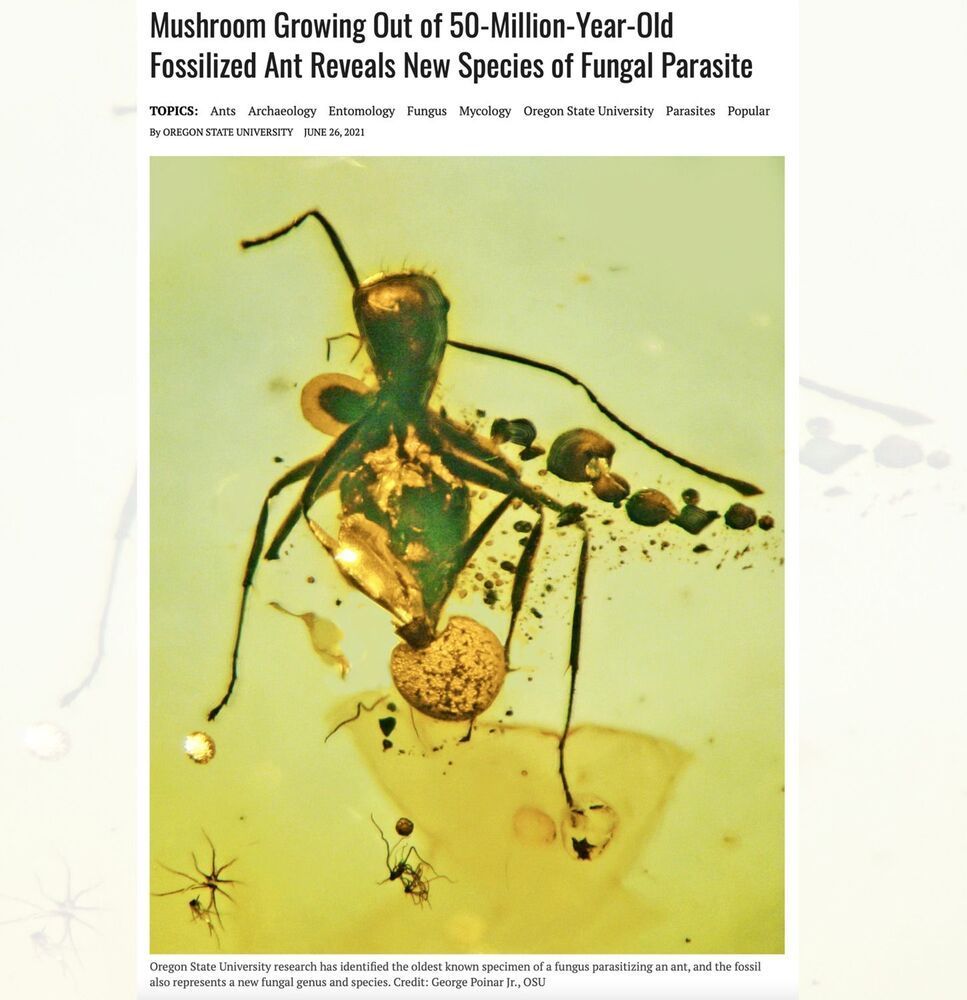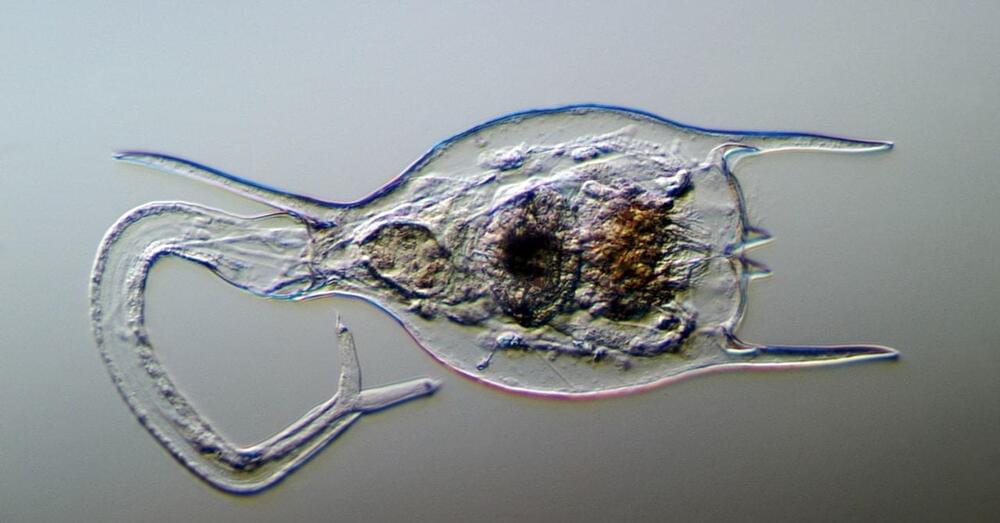Source: https://doi.org/10.1016/j.funbio.2021.06.002 Source: https://scitechdaily.com/mushroom-growing-out-of-50-million-year-old-fossilized-ant-reveals-new-species-of-fungal-parasite/.



Sorry, we’re having trouble playing this video.
Learn More.
Kelvin Ogba Dafiaghor shared a link.
OEC.
Compared to its much larger cousins, the O2 tidal turbine is tiny—but mighty. Its two 65-foot rotors can reach an area of 6460 square feet under water.


The mineral pyrite was historically nicknamed fool’s gold because of its deceptive resemblance to the precious metal.
The term was often used during the California gold rush in the 1840s because inexperienced prospectors would claim discoveries of gold, but in reality it would be pyrite, composed of worthless iron disulfide (FeS₂).
Ironically, pyrite crystals can contain small amounts of real gold, although it is notoriously hard to extract. Gold hiding within pyrite is sometimes referred to as “invisible gold”, because it is not observable with standard microscopes, but instead requires sophisticated scientific instruments.


The “technology intelligence engine” uses A.I. to sift through hundreds of millions of documents online, then uses all that information to spot trends.
Build back better
Tarraf was fed up with incorrect predictions. He wanted a more data-driven approach to forecasting that could help investors, governments, pundits, and anyone else to get a more accurate picture of the shape of tech-yet-to-come. Not only could this potentially help make money for his firm, but it could also, he suggested, illuminate some of the blind spots people have which may lead to bias.
Tarraf’s technology intelligence engine uses natural language processing (NLP) to sift through hundreds of millions of documents — ranging from academic papers and research grants to startup funding details, social media posts, and news stories — in dozens of different languages. The futurist and science fiction writer William Gibson famously opined that the future is already here, it’s just not evenly distributed. In other words, tomorrow’s technology has already been invented, but right now it’s hidden away in research labs, patent applications, and myriad other silos around the world. The technology intelligence engine seeks to unearth and aggregate them.


Other companies, including BlueNalu Inc., Upside Foods Inc. and Eat Just, have expressed an intention to sell cell-based products in the U.S. Like them, Future Meat must get approval from the U.S. Department of Agriculture and the Food and Drug Administration before offering its products to the public. Kshuk is optimistic, though reaching price parity with conventional meat will probably take the nascent industry a few years.
An Israeli startup wants to replace chicken coops, barns and slaughterhouses with bioreactors to churn out cell-based meat for American diners.
Future Meat Technologies Ltd. is in talks with U.S. regulators to start offering its products in restaurants by the end of next year. The company has just opened what it calls the world’s first industrial cellular meat facility, which will be able to produce 500 kilograms (1102 pounds) a day.
“From the get-go, our main focus was around scaling up and reducing cost in order to have a commercially viable product,” Chief Executive Officer Rom Kshuk said in an interview.

“If we were to find [aliens] with whom we could carry on a conversation, I think they would be remarkably like us.”
When talking about aliens, zoologist Arik Kershenbaum believes we need to adopt a new language.
“We need a language to speak about aliens, which is not the language of Hollywood,” he tells Inverse. In fact, maybe we should scrap the term “alien” altogether.
“Maybe we need a different term — if that’s possible,” he says.

China’s prime rocket manufacturer has unveiled a roadmap for the country’s future manned Mars exploration missions, which not only includes manned landing missions but also Mars base building.
Wang Xiaojun, head of the state-owned China Academy of Launch Vehicle Technology (CALT), outlined the plans in his speech themed “The Space Transportation System of Human Mars Exploration” at the Global Space Exploration Conference (GLEX 2021) via a virtual link, the academy told the Global Times on Wednesday.
After reviewing the successful mission of the Tianwen-1 probe mission, the country’s first interplanetary exploration that achieved a successful orbiting, landing and roving the Red Planet all in one go, Wang introduced the three-step plan for future Mars expedition.